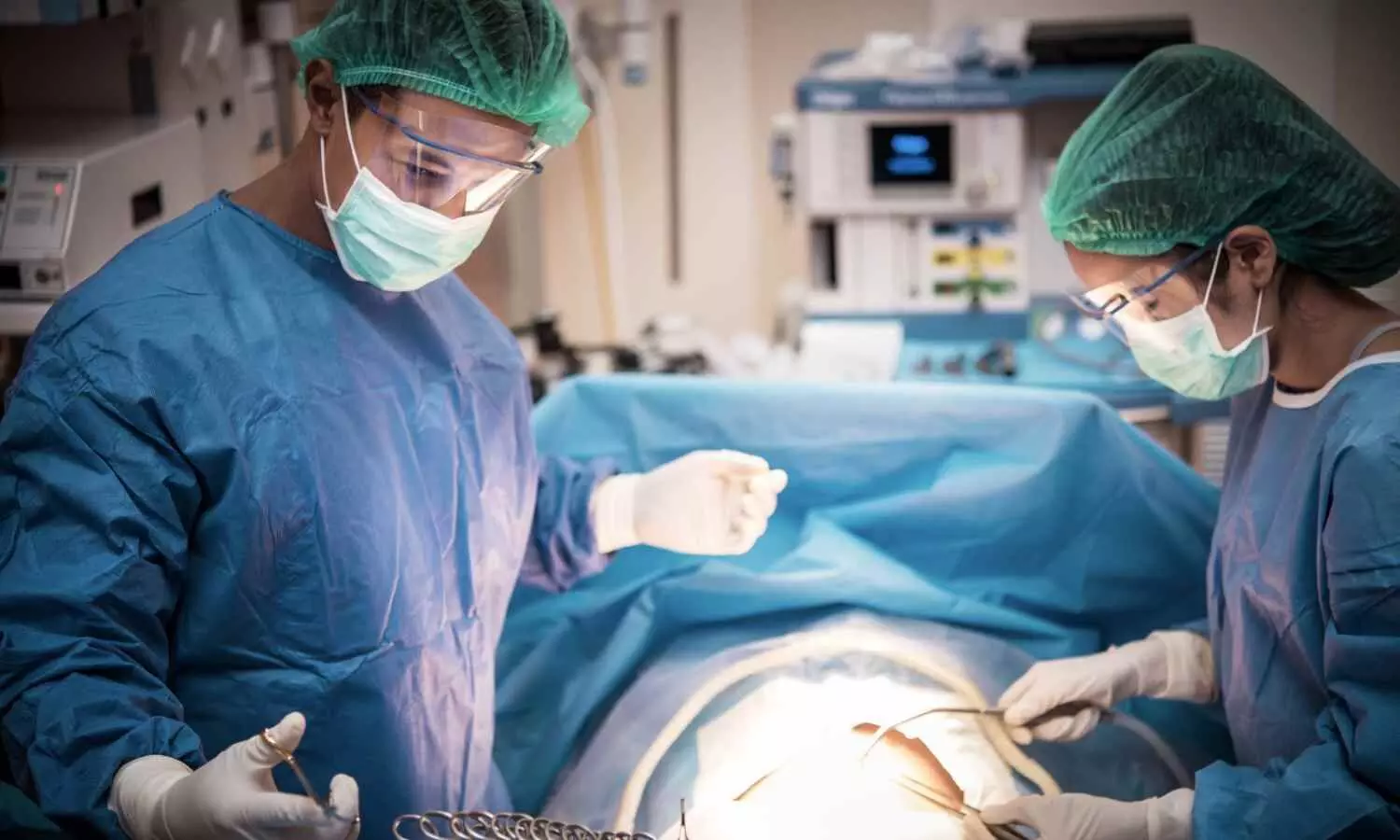69-Year-Old Mumbaikar Treated for Rare Dual Heart Defects Without Open-Heart Surgery

Mumbai: K J Somaiya Hospital and Research Centre successfully performed an interventional procedure that brought new hope to a 69-year-old patient living with two congenital heart defects since birth. Both conditions were treated effectively using a minimally invasive approach, avoiding the need for open-heart surgery.
The patient had lived with high blood pressure and leg pain for years. While the patient was under the assumption that his old age was contributing to the pain in his leg, there was a far deeper issue at it. Two years prior, he was diagnosed with two conditions - coarctation of the aorta and bicuspid aortic valve stenosis.
These conditions, which he had since birth and detected after decades of living with them, were considered debilitating by the doctors who noted the conditions. They explained how his heart condition was one of the leading causes of his leg pain. As it had been untreated for several years, it had reduced the blood flow to his lower body, which led to increasing pain in his leg whenever he walked.
They recommend several treatment options to treat him, but he did not pursue any of them. Eventually, as his pain became unbearable and looking for a less invasive option, he decided to visit the doctors at K J Somaiya Hospital & Research Centre.
A group of specialists and medical experts at the hospital thoroughly examined his condition and health through a series of tests. They were able to offer the patient an innovative two-step interventional strategy that would significantly change his prognosis without open-heart surgery.
The initial procedure was aimed at improving the blood flow to his lower body by addressing the constricted aorta. With innovative imaging and planning, the team conducted a coarctoplasty through the femoral artery, placing a covered stent that ensured normal blood flow. "The covered stent decreased risk and added structural support, particularly useful considering the patient's age and calcification of the arteries.
This not only improved the blood flow but also helped ease the pain in his legs within days" said Dr. Milind Phadke, chief interventional cardiologist and one of the doctors who helped with the treatment at K J Somaiya Hospital & Research Centre
With the aorta treated successfully, the team planned the next steps to replace his severely narrowed aortic valve. Working through the femoral artery again and even going around the just-installed stent, the team accomplished a Transcatheter Aortic Valve Replacement (TAVR) by installing a new valve without opening the chest. "Both procedures were completed through the femoral artery. It was a challenging task, but we were able to complete it” said Dr. Phadke.
The innovative treatments helped the 69-year-old be completely relieved of his pain, and after thorough follow-ups, he has also been discharged from the hospital. The patient is now able to walk with ease and comfort.
Speaking on the achievement, Dr. Manisha Bobade, CEO, K J Somaiya Hospital & Research Centre, said, "This case is a prime example of our dedication to treating even the most complicated, long-standing cardiac conditions with cutting-edge, patient-centric approaches. Behind this achievement is a multidisciplinary team of interventional cardiologists, imaging specialists, anaesthesiologists, medical staff, and skilled nursing professionals, all working together to guarantee precision and safety.
We take pride that the facilities and infrastructure at the hospital led to this innovative treatment as well as provided an elderly patient with the much-needed care required by him. We are confident that our experienced doctors and senior staff will be able to further innovate in cardiac-related treatments in the future as well."
“This is an innovative use of the intermingling of coarctoplasty with TAVR through a single entry point, a technique both uncommon and extremely effective. The advantage to the patient is substantial. By sidestepping open-heart surgery, the procedure eliminated risks of infection, long-term hospitalisation, and prolonged rehabilitation. Recovery has been rapid, with mobility restored. Early action with this two-pronged approach has changed the course of an illness that would likely have otherwise continued to encumber the patient's lifestyle,” concluded Dr. Phadke.


